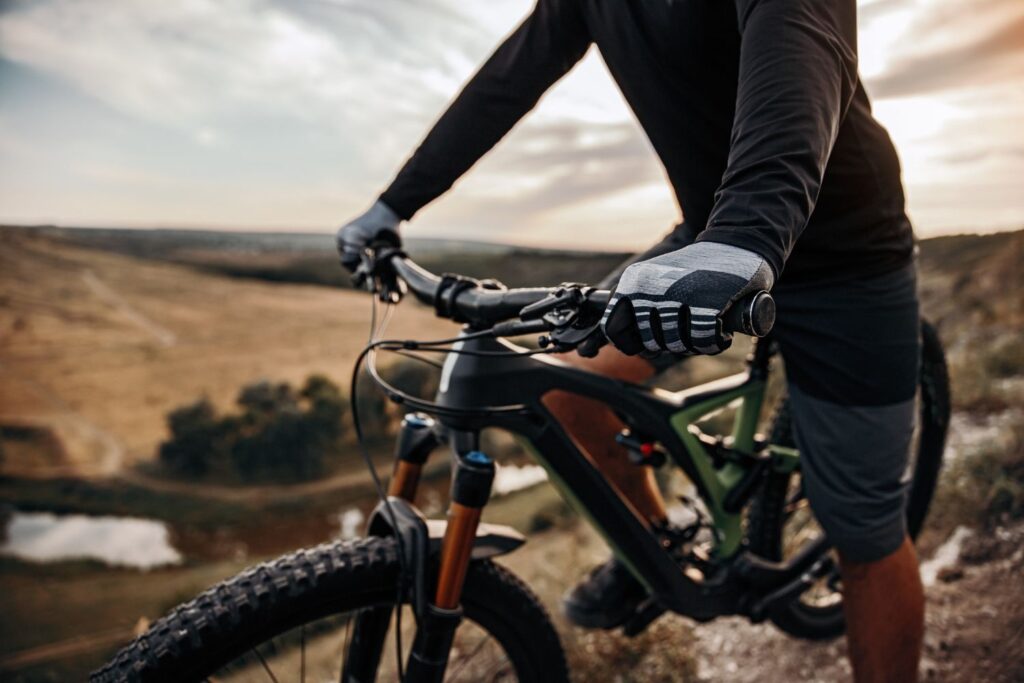Understanding Mountain Bike Stems
When you’re gearing up for a ride, the stem might not be the first component you think about, but it plays a crucial role in your bike’s handling and comfort. The stem connects your handlebars to the fork, influencing your bike’s overall geometry. A stem might seem like a small part, but the impact it has on your ride cannot be overstated.
Stem Basics
Let’s break it down. Stems come in various lengths and angles, which affect how you position your body while riding. Short stems offer quicker turning responses, while longer stems provide more stability at high speeds. It can be likened to the difference between a sports car and a cruiser; one commands sharp turns, and the other handles smoothly on straightaways.
Common Stem Types
- Zero Rise Stems – These offer a straight-line connection, providing more control. Great for those who prefer a more forward position!
- Angle Stems – The most common, these vary in rise and angle. They’re perfect for customizing your fit.
- Adjustable Stems – For the indecisive or those sharing a bike, these let you change the stem angle on the fly. It’s like having multiple stems in one!
Choosing the Right Stem
Choosing a stem is like picking a partner for a dance; you need compatibility. Here are factors to consider:
- Length – Typically, stems range from 30mm to 120mm. If you’re into technical trails, a shorter stem may be your best friend. Meanwhile, long-stem lovers tend to be more into stability and speed.
- Angle – A higher rise (15 degrees or more) can help you maintain an upright position, aiding comfort. This is especially important on tough climbs.
- Width – Ensure your stem matches your handlebars. A good rule of thumb is to stick with the same diameter for a snug fit.
Exploring Handlebars
Next up, we can’t skip over the handlebars! The part you hold on to can completely change your riding experience. Just like the stem, handlebars come in various shapes, sizes, and styles to suit different riding scenarios.
Handlebar Types
There are several types of handlebars, and each has its unique flair:
- Flat Bars – Common among cross-country mountain bikers. They allow for a more aggressive riding position, which helps with speed and maneuverability.
- Riser Bars – These give a more relaxed posture. If you enjoy downhill or technical trails, riser bars can improve comfort and control.
- Drop Bars – While typically seen in road biking, drop bars offer versatility for some mountain bikers. They help with aerodynamics on the road and offer various hand positions.
Handlebar Width
Handlebars also come in different widths, ranging from narrow to wide. Your choice depends on your riding style and personal preference. For instance, wider bars provide better leverage for steering, particularly on technical descents. However, they might be too much for more cross-country styles. It’s all about finding the sweet spot!
Material Matters
Let’s talk materials. Most handlebars and stems are made from either aluminum or carbon fiber. Aluminum is durable and often less expensive. Carbon fiber, while pricier, offers shock absorption and lighter weights. If your wallet allows it, carbon is lovely when you’re tackling long rides on rough terrains.
Handlebar Rise and Bend
Don’t forget about rise and bend! The rise refers to how high the central section of the handlebar is compared to the ends. More rise generally equals a more upright position, which is great for comfort. Bend, or sweep, can affect wrist position; it’s all about what feels good in your hands!
Finding Your Perfect Setup
Now that we’ve got a handle on stems and handlebars, it’s time to explore how to find your perfect setup. This is where the fun begins! First off, you might want to try swapping out different stems and handlebars to see what works for you. Trust me, trial and error will make you an expert at tuning your bike to your liking.
Measure Your Current Setup
Before you dive into the world of new components, take some measurements of your current setup:
- Stem Length – Grab a tape measure and figure out how long your current stem is.
- Handlebar Width – Measure from the outside of the grips to get the full width.
- Height – Check the rise of your current handlebars—this will help you decide how much height adjustment you need.
Riding Style and Terrain
Your riding style and typical terrain greatly influence your choices. For instance, if you’re often bombing downhill, a wider, riser bar combined with a shorter stem will give you the control you need. Conversely, if speed over distance is the name of the game, a flat and narrow setup might suit you better.
Maintenance Tips for Stems and Handlebars
Keeping your components in check isn’t just good practice; it can greatly enhance your riding experience. Regularly inspect your stem and handlebars for wear or loose fittings.
- Check for Cracks – Especially important for carbon. Any visible damage likely means it’s time for a replacement.
- Tighten Bolts – Take a moment to ensure everything is snug. Loose fittings can be a recipe for disaster!
- Clean Regularly – Keep both your handlebars and stem free from grime. A clean bike is a happy bike!
Wrapping It Up
In the world of mountain biking, the choices you make about your stem and handlebars can significantly impact comfort, control, and overall riding experience. Remember, the right setup is not just a matter of preference; it’s about your style and the terrain you tackle. So, gear up, hit the trails, and take the time to experiment until you find your perfect fit. After all, the mountains are calling, and you want to be ready for whatever they throw your way!






